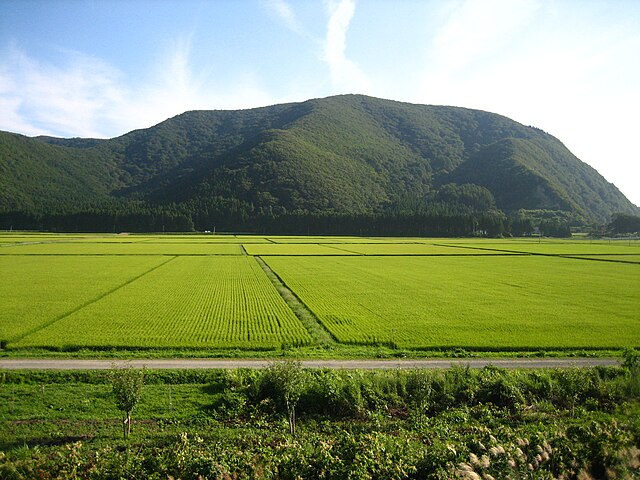Japan intends to raise rice imports from the United States within the existing tariff-free quota. This follows a July 22, 2025 deal that cut bilateral “reciprocal” tariffs from 25% to 15%.
Prime Minister Shigeru Ishiba of Japan and President Donald Trump of the United States both praised the tariff settlements.
Although the negotiations yielded no known free trade allowances, they left untouched those agricultural produce with extant quota-based free imports.
One of these is rice, whose imports enjoy a 0.77 million-tonne “minimum access” allowance without duty. This access regulation is courtesy of a 1995 framework by the Word Trade Organization (WTO) .
The United States has hitherto supplied 45% of this untaxed quota to Japan, a volume that could increase following this newest deal.
PM Ishigiru added that rice imports will continue under the minimum allowance protocol but Tokyo reserves discretion on origin and quantity.
Rigorous Export Curbs
The country technically curbs local rice exports to control prices and safeguard home supplies. Volumes above the minimum access cap attract export tariffs at 341 yen ($2.32)/kg.
Export controls have tightened after a 2023 drought slashed the 2024 national rice stock to the lowest annual level since 1999.
Beyond Rice Trade
While rice was the sticking point, the cross-Pacific economic superpowers also reduced mutual tariffs on other goods.
A vehicle import tariff into the United States slashed to 15% from the 25% Japan has been paying since April 2025.
Regarding which, President Trump claimed on his Truth Social that Japan will invest $550 billion in the U.S. through the 15% surtax.
On his part, Japan’s PM said that they made “absolutely no sacrifice” on agriculture, in reference to mainly rice.
This indicates that for Tokyo the success of the bilateral deal lies in having safeguarded rice and agriculture. To learn more on the significance of rice imports to Japan, read on in the statistics section, next.
Japan-U.S. Rice Imports Statistics
Japan is a major importer of rice but a low key exporter, despite being a substantial production hub. For its imports, Tokyo maximizes on the minimum access framework that allows countries to buy at least 770,000 tonnes of duty-free rice. Any given year, Japan imports 45% to 51% of this quota from the United States. In 2023, rice imports reached 708,884 tonnes, 211,266 tonnes of which from the U.S., per the World Bank. Thailand (369,566 tonnes), China (72,241 tonnes) and Australia (50,208.4 tonnes) completed Japan’s top 4 import origins in 2023.
How much rice value does the Land of the Rising Sun import annually?
Rice imports into Japan in 2023 were worth $743.789 million, of which $384.915 million came from the United States. The returns made up 0.098% of the country’s total import value that year at $751 billion.
Which kind of rice does Japan import?
Almost all rice worth $737 million arrives in Japan semi-or wholly-milled, while 0.74% is broken and 0.14% husked.
How much does Japan tax rice exports?
Amid drying out home production, a dense population and uptick demand by locals and tourists, Japan is tightening rice export controls. Between1999 and 2001, the country imposed outbound rice tariffs of around 778%, to bar exports.
